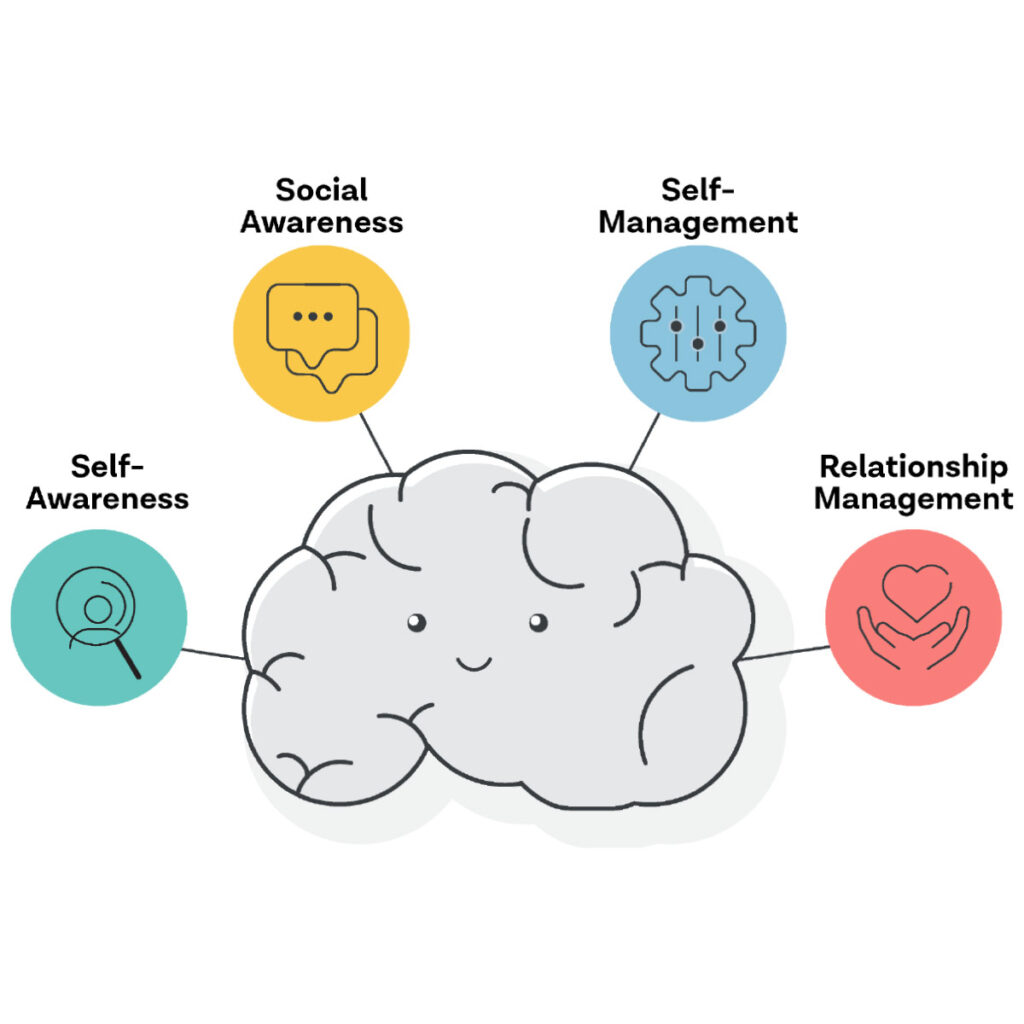Fact vs. Fiction
In 2019, 20.4 million Americans reported a substance use disorder in the last 12 months, according to the Substance Abuse and Mental Health Services Administration (SAMHSA). Substance abuse, which can be defined as any recurring behavior of using a substance for mood-altering purposes, is a pervasive and often misunderstood issue. We’re here to explore and encourage further understanding about substance abuse by shedding some light on what’s fact and what’s fiction.
By Anna Hill

Chief Medical Officer,
Erlanger Behavioral Health Hospital
Fiction
Substance abuse and addiction are the same thing.
Though substance abuse can often turn into an addiction, this isn’t always the case. Dr. Jennie Mahaffey, chief medical officer at Erlanger Behavioral Health Hospital, explains, “Substance abuse is using a substance in an incorrect and harmful way, such as taking a higher dosage or amount of something than is recommended, whereas addiction has altered your brain chemistry and neuronal pathways in a way that it changes the ability of the user to function without the substance.” For example, a college student who regularly consumes more than the recommended amount of alcohol in one sitting might have a binge drinking problem, but when motivated, could stop the habit with relative ease. This would be categorized as substance abuse, not addiction. Dr. Chris Harris, director of operations and clinical services at Focus Treatment Center, clarifies that substance use falls on a spectrum. “Using a substance recreationally doesn’t always mean you have a substance use disorder, but if that recreational use is negatively impacting one or more areas of your life, it’s a possibility that you may have one,” he says.
Fiction
Only illicit substances count as substance abuse.
While it is common for people to abuse illicit substances, legal drugs are often abused as well. Some of the most commonly abused drugs in the United States include marijuana, methamphetamines, cocaine, hallucinogens, ecstasy, and heroin, with marijuana being the most popular. However, alcohol is one of the most abused substances in the country, and prescription medications, over-the-counter medications, inhalants and solvents such as paint thinners or acetone, and cigarettes are also widely abused, despite the fact that they’re legal substances. Although they aren’t classified as mood-altering substances, anabolic steroids are often abused by athletes in order to enhance performance or build muscle.

Licensed Marriage and Family Therapist,
Roots Counseling Center
Fact
Mental health struggles and substance abuse often co-occur in people.
Suffering mental health may lead a person to misuse a substance, while a history of mood or personality disorders may make a person more predisposed to substance abuse. A childhood diagnosis of ADHD is considered a heightened risk factor, as is a history of anxiety, depression, or antisocial personality disorder. There are many signs that might indicate someone is experiencing substance abuse, including changes in that person’s mental health, such as decreased motivation, increased irritability and forgetfulness, feelings of hopelessness, or even thoughts of suicide.
In order to treat these problems effectively, it is important to take mental health struggles into account. Although rehab facilities and detoxing are both important parts of recovery, it is often the psychological aspects of substance abuse treatment that are the most effective. The substance abuse is a coping mechanism for an underlying problem, so by treating the original mental health problem, the substance abuse becomes much easier to manage.
Furthermore, even recovery from substance abuse can impact someone’s mental health. Cody Manning, a licensed marriage and family therapist with Roots Counseling Center, notes, “I’ve seen many struggle to maintain healthy relationships while in the process of recovering from substance abuse because of broken trust between friends and family members. This can have a significantly negative impact on someone’s emotions, and those intense feelings of shame, even over past substance abuse, can often perpetuate the cycle of substance abuse.”

Fact
Alcohol abuse is on the decline.
In the past decade, there has been a steady decline in alcohol abuse among teens and adults, with a particularly significant decline in teens and adults ages 18 to 25. However, vaping and e-cigarettes have undergone a significant increase in popularity among teens and young adults in recent years, which has created a new method of abusing drugs like nicotine or marijuana. In the past decade, the use of ‘designer drugs,’ which are produced synthetically and aim to recreate the effects of traditional drugs such as marijuana, cocaine, ketamine, and others, has also increased due to the utilization of the internet to promote and sell them.

Director of Operations and Clinical Services,
Focus Treatment Center
Fiction
Substance abuse only affects the person doing it.
The effects of substance abuse reach much further than the person experiencing it. Substance abuse can affect not only family and friends, but sometimes even entire communities. Dr. Mahaffey emphasizes how it can harm relationships, saying, “The toll on the family is complex, with separation, divorce, and sometimes even domestic violence resulting.” Substance abuse can also lead to STDs, child abuse, motor vehicle crashes, crime, or homicide. In short, substance abuse is a pattern that can cause a domino effect – knocking down the user, who then knocks down the people around them.
Fiction
Counseling is the only effective treatment for substance abuse.
In some cases, those struggling with substance abuse can quit on their own. However, they often end up needing outside help. There are many options when it comes to treating substance abuse, one of which is outpatient therapy. “Much of this type of therapy is directed at fostering internal motivation for change and equipping clients with healthy coping skills to manage stressors and triggers that may lead to use,” Manning says. Additional strategies for overcoming substance abuse include group therapy, medication such as nicotine patches, or, in some cases, inpatient hospital treatment and rehab programs, which can be vital to treating withdrawal symptoms and helping someone kick-start their journey to recovery.

Fact
Substance abuse is on the rise during the COVID-19 pandemic.
Recent reports from the American Medical Association indicate that there have been significant increases in opioid-related mortalities since the start of the COVID-19 pandemic. Nationwide drug test results also indicate an increase in the use of cocaine, heroin, and methamphetamine since March, and alcohol consumption is up by 14% compared to a year ago. Due to increases in unemployment as well as increased feelings of isolation, uncertainty, and even grief nationwide during the pandemic, individuals have been turning or returning to substance use or abuse in increased numbers. Dr. Harris emphasizes that, while we can help someone if we see them struggling with substance abuse during these difficult times, we should be mindful about it. “Be supportive and encourage them to get help. If they don’t, set healthy boundaries in order to protect yourself,” he adds.
If you think you or someone you know might be struggling with substance abuse, reach out. Speak to loved ones or people you trust about what’s going on. SAMHSA, the Substance Abuse and Mental Health Services Administration, also has a national helpline that can be reached 24/7 at 1-800-662-HELP (4357). HS




